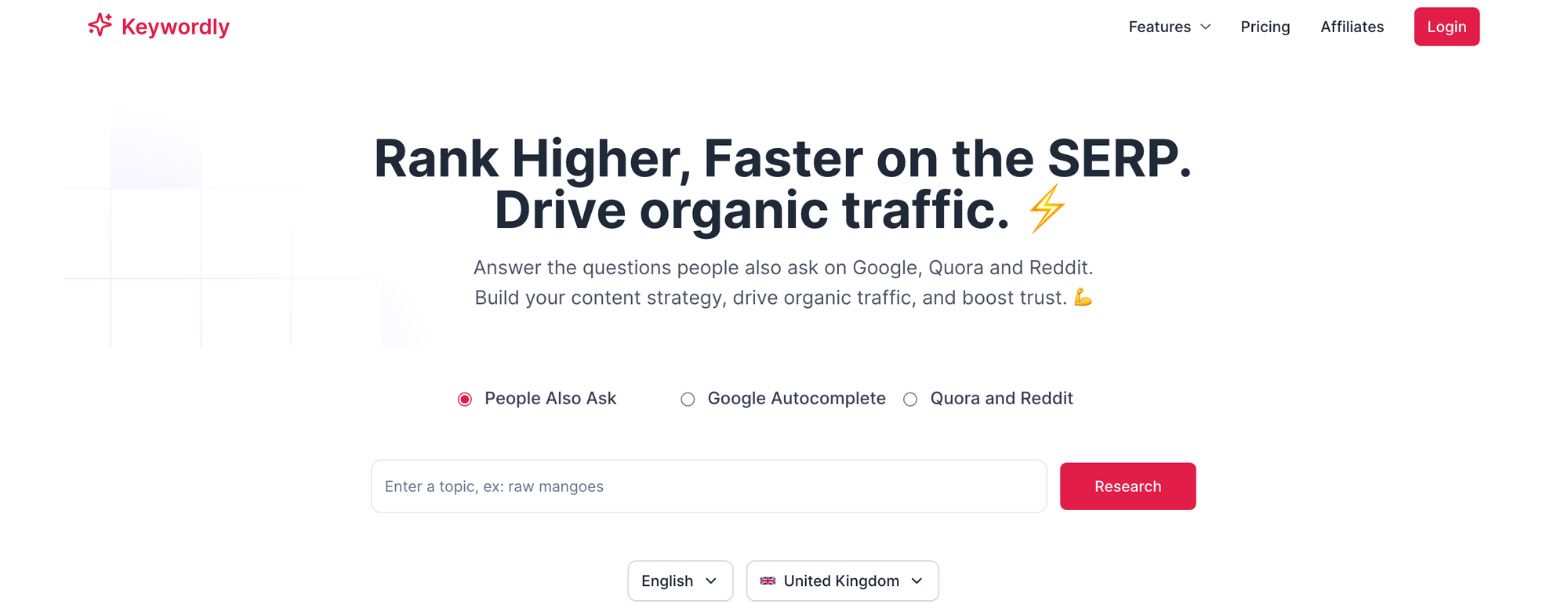How Does "People Also Ask" on Google Work?
Google continually enhances the user experience by providing features that make finding information easier and more efficient. One such feature is the "People Also Ask" (PAA) section.

The "People Also Ask" (PAA) feature, often seen on Google's search results page, has become a pivotal part of how users engage with search queries. This feature not only enhances the user experience by providing additional context but also serves as a tool for content creators and marketers to understand and leverage user intent.
What is "People Also Ask"?
The "People Also Ask" box appears on the Google search results page and contains a list of questions related to the user's initial query. When users click on a question, they are often presented with a quick answer, usually pulled from the top-ranking pages, along with links to those pages for more in-depth information. This feature helps users explore related topics without having to conduct multiple searches.
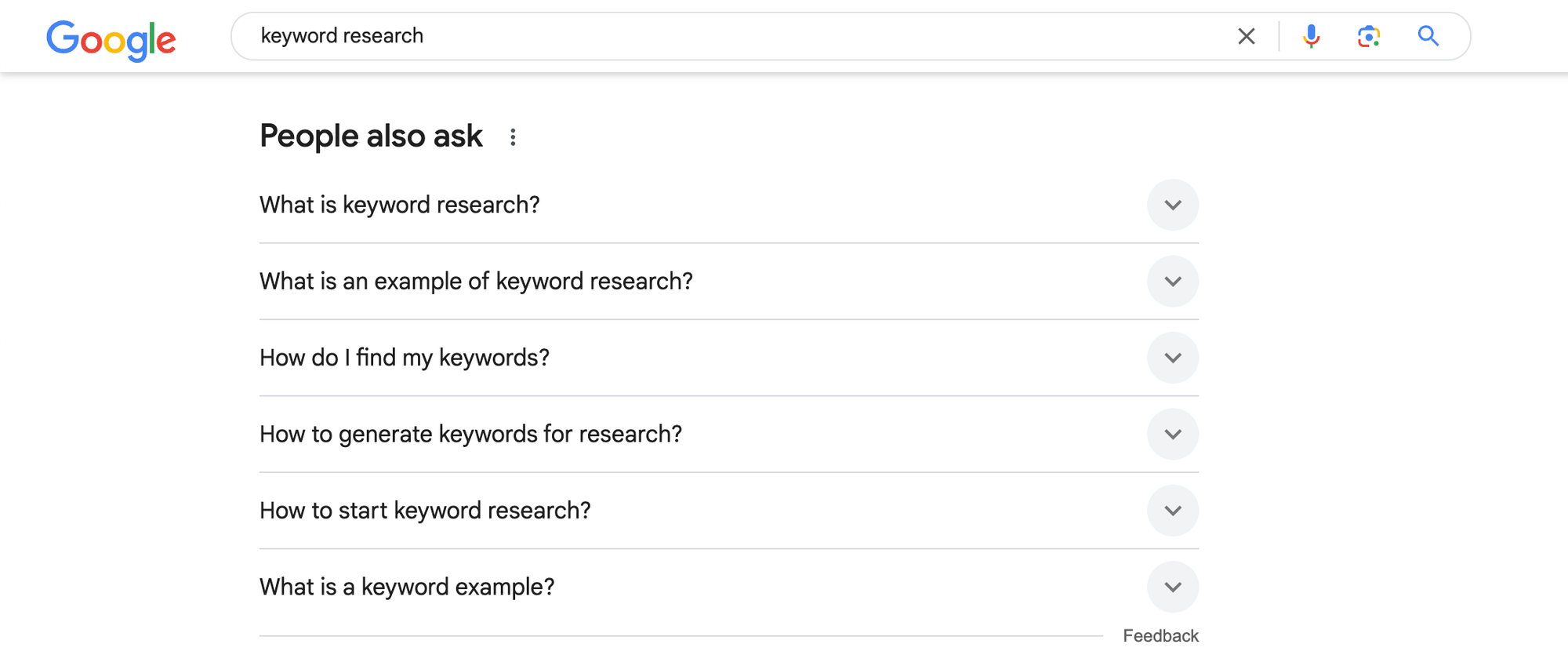
How Does It Work?
- Machine Learning Algorithms
Google employs sophisticated machine learning algorithms to determine which questions to display in the PAA section. These algorithms analyze vast amounts of data, including user behavior, search trends, and the contextual relevance of content. - User Engagement
The questions that appear are often based on common queries related to the input search. As users click on these questions, Google tracks engagement metrics such as click-through rates, dwell times, and bounce rates to refine its understanding of what users want to know. - Natural Language Processing
Using natural language processing (NLP), Google can interpret the intent behind the users' queries. This allows Google to deliver more relevant questions that may interest the user, enhancing the overall search experience. - Content Quality and Relevance
Content that ranks well often gets featured in the PAA section. Therefore, high-quality, relevant content that answers common questions effectively is more likely to appear. Websites that see traffic from PAA often provide straightforward, concise answers that align well with the questions posed.
Why is It Important?
The PAA feature not only provides users with more information but also offers content marketers and SEO specialists significant insights.
By analyzing the questions shown in PAA, brands can better understand their audience’s needs and optimize their content strategy accordingly.
Benefits:
- Enhanced User Experience: Users can discover new areas of interest without additional searches.
- SEO Insights: Identifying common questions can inform keyword strategies.
- Increased Traffic: Content addressing PAA questions has the potential to rank higher in search results, drawing in organic traffic.
How can I optimize my content for PAA?
To optimize your content:
- Identify commonly asked questions in your niche.
- Incorporate structured data (FAQ schema) in your articles.
- Write clear, concise answers to these questions.
- Maintain high-quality content with authority and relevance.
How does Keywordly help with PAA?
Keywordly follows a 3 steps process to get instant insights into what people are searching for and what questions they ask online so you can answer and build trust, authority and your audience.
1. Research a topic or keyword
Keywordly's People Also Ask function crawls the Google for your search term in real-time. It then mines the questions from the People Also Ask and Related Searches featured snippet of Google.
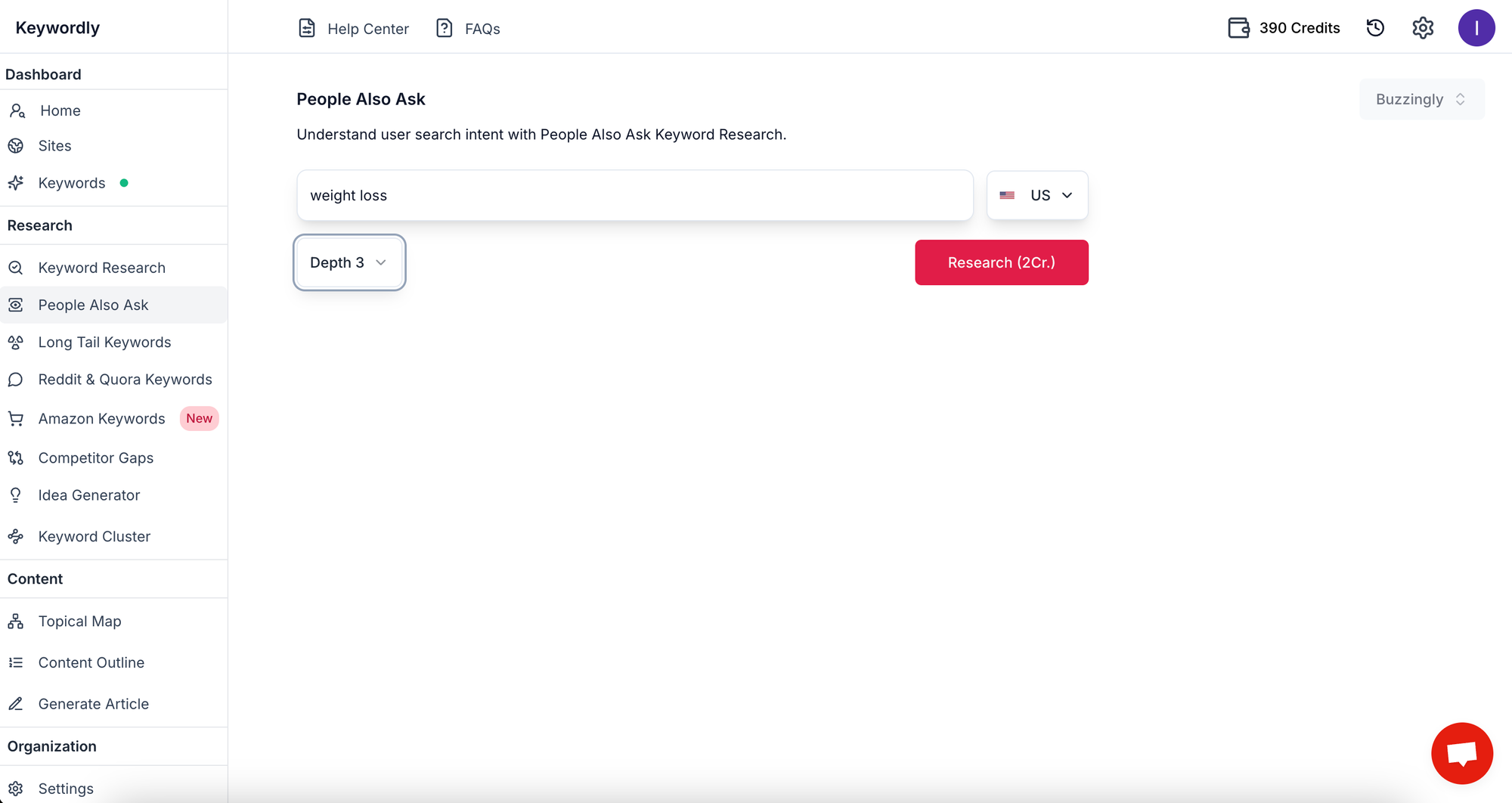
2. Build Keyword Relationships
By live clicking the questions, Keywordly maps the questions, creates a cluster and builds you a nice tree using these so that you can visualise intent and build relationships between questions.
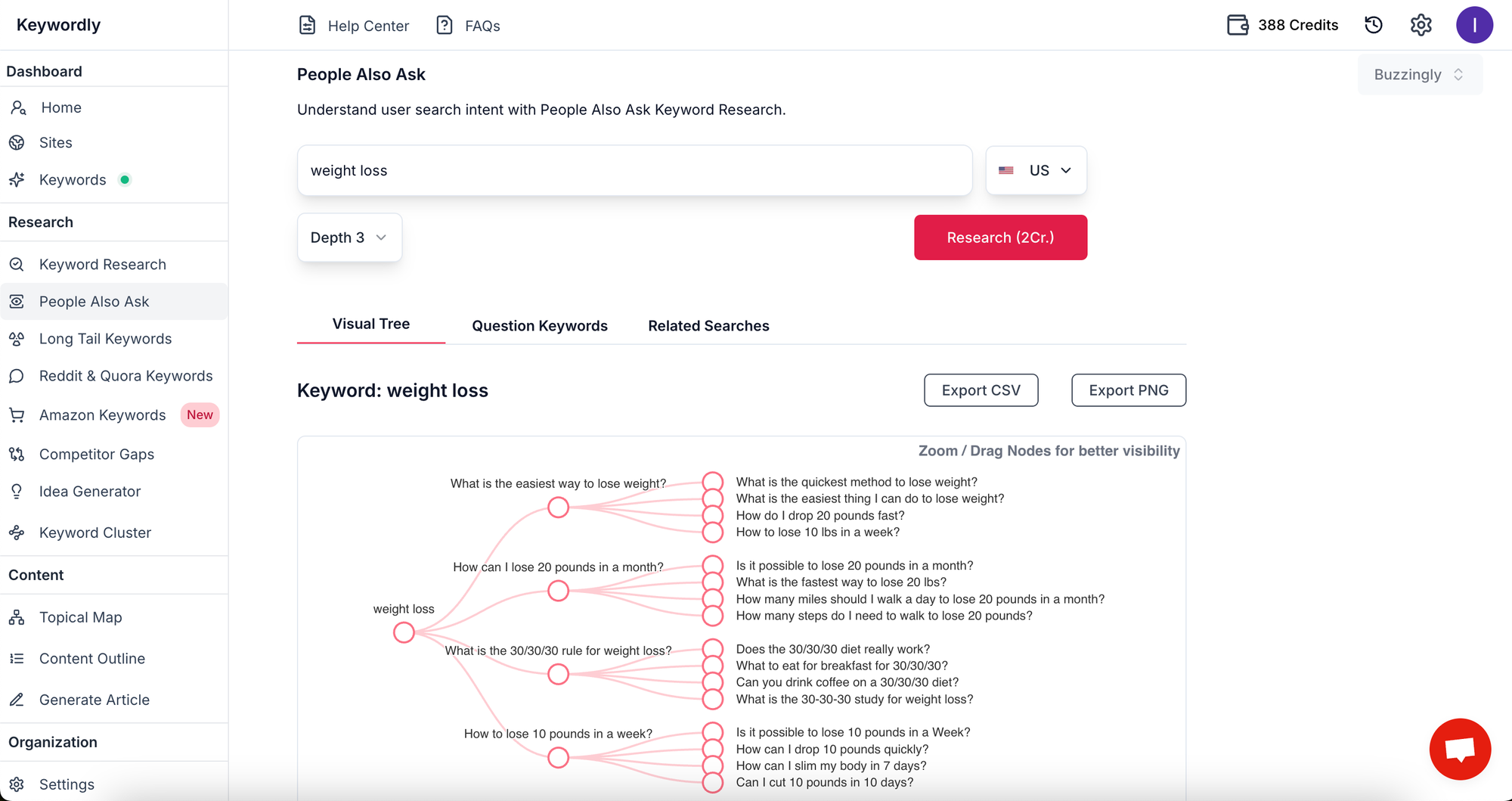
3. Visualizing Relationships
Keywordly then builds you a visual tree using these clusters, like in the example, that will help you understand user intent and keyword relationships.
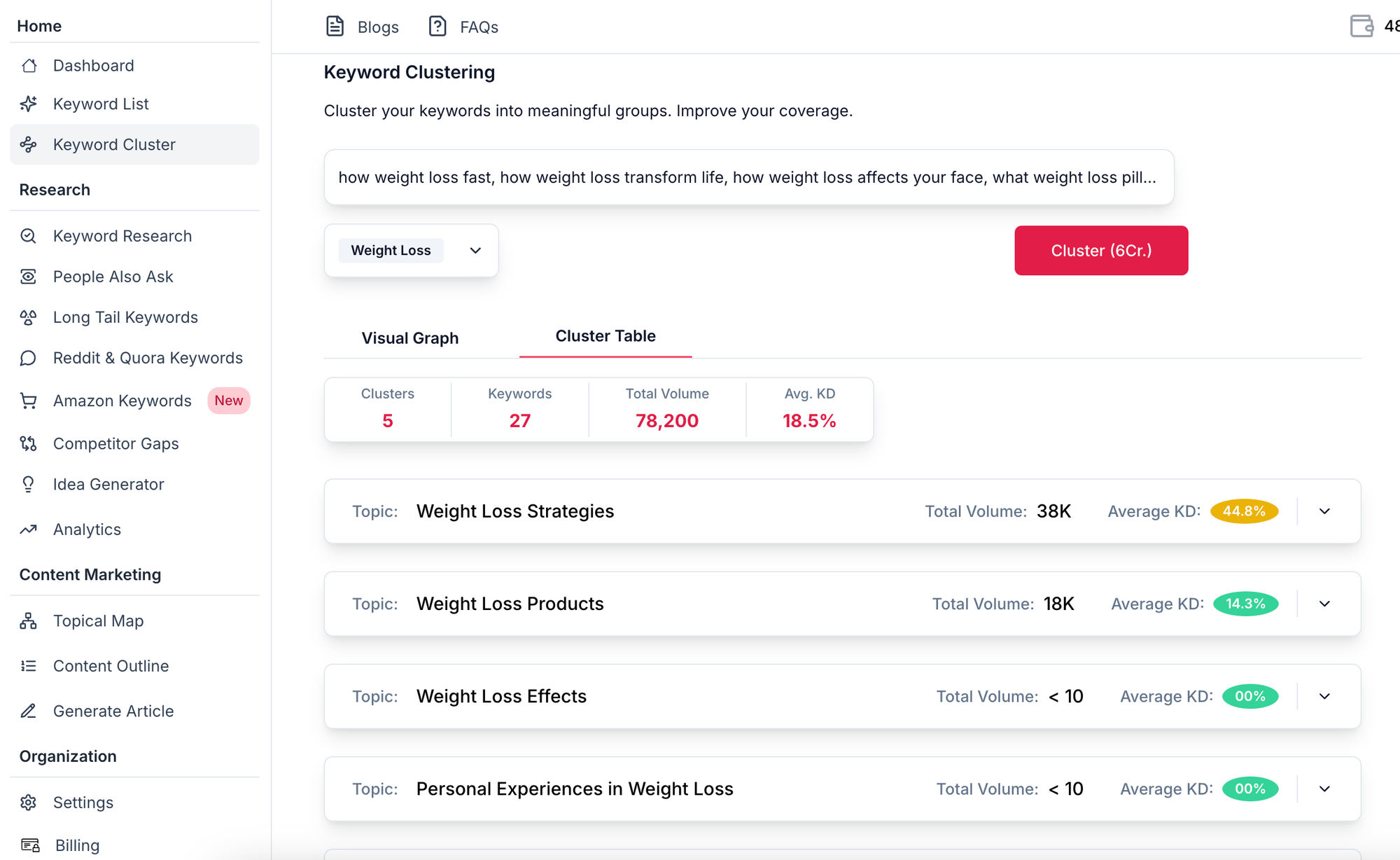
FAQ Section
Q1: How often does the "People Also Ask" section change?
A: The PAA section can change frequently, often in real-time, based on user engagement and search trends.
Q2: Can I optimize my website to appear in the PAA section?
A: Yes! By focusing on high-quality content that addresses specific questions, using clear headings, and following SEO best practices, you can improve your chances.
Q3: Does appearing in the PAA section guarantee traffic?
A: While appearing in the PAA section can increase visibility, actual traffic will depend on various factors, including the quality of your content and how well it meets users' needs.
Q4: Are there tools to track PAA questions?
A: Yes, tools like SEMrush, Ahrefs, and Moz can help you identify PAA questions related to your keywords.
Q5: Is PAA exclusive to Google?
A: While Google popularized this feature, similar variants are seen in other search engines, but their formats may differ.
Is PAA the same as Featured Snippets?
No, while both are designed to enhance search results, they serve different purposes. Featured Snippets provide direct answers to queries, whereas PAA shows related questions. However, both can improve your SEO presence.
Conclusion
The "People Also Ask" feature is a powerful tool both for users seeking more information and for content creators aiming to enhance their outreach. By understanding how it works and optimally leveraging it, businesses can significantly improve their search visibility and user engagement.
Sources:
- Google's Search Engine Algorithms(https://developers.google.com/search/docs/fundamentals/algorithm-updates)
- How Google's People Also Ask Works(https://searchengineland.com/what-you-need-to-know-about-googles-people-also-ask-box-269931)
- Content Marketing and SEO Best Practices(https://moz.com/beginners-guide-to-seo)
- Understanding Click-Through Rates(https://ahrefs.com/blog/click-through-rate/)
Feel free to share this article or reference it as you navigate your content strategy! 😄
